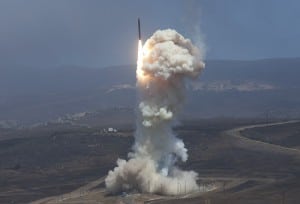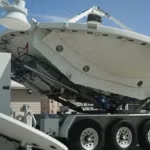
The Missile Defense Agency (MDA) is “very close” to approving an acquisition strategy for its Ground-based Midcourse Defense (GMD) Exoatmospheric Kill Vehicle (EKV) in which it will pick, then compete, a government-designed approach selected from industry.MDA Director Navy Vice Adm. James Syring told reporters Monday the agency will compete EKV production in 2018 after selecting what it likes best from the three companies that offered concepts: Lockheed Martin [LMT], Boeing [BA] and Raytheon [RTN]. The companies would then compete to…













